Tag: Battle of Gettysburg
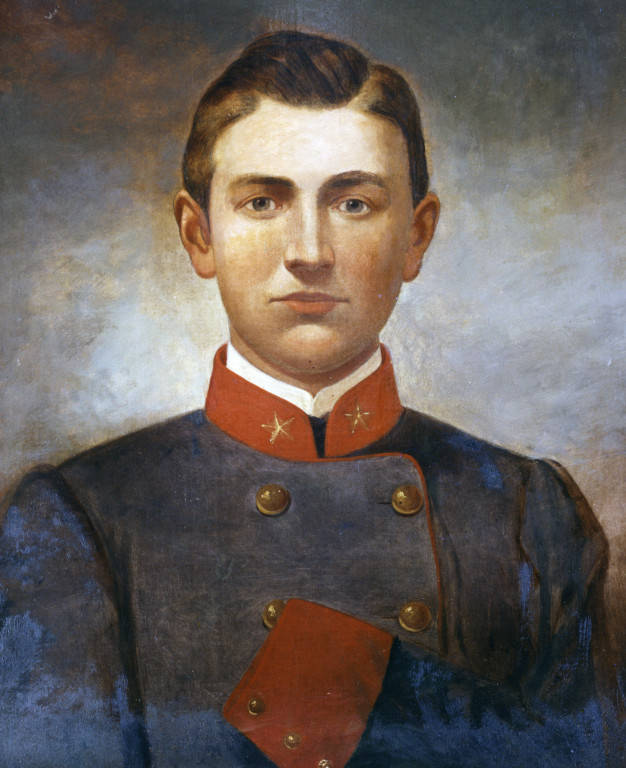
Joseph Latimer and Benner’s Hill
April 8, 2025Joseph Latimer and Benner’s Hill
Joseph Latimer was Born on August 27th, 1843, in Prince William County Virginia. Latimer would go on to study at the Virginia Military Institute (V.M.I). During the beginning of the American Civil War Latimer would first serve as Cadet Drill Master for the Richmond Hampden Artillery. In the fall of 1861, he would be promoted to first lieutenant and would see action with Richard Ewells Division in the Shenandoah Valley Campaign 0f 1862. In March of 1863 he would be promoted to major at just 19 years old. Known for his small stature and young age the major was often called “The Boy Major” by men within the division.
Benner’s Hill is a small rise about 1,400 yards northeast of Cemetery Hill. At the time of the battle the crest of the hill was open with corn and wheat being grown on the hill. The hill was part of Christian and Susan Benner’s 208-acre farm (the family lived closer to Wolf’s Hill). On the first day of the battle the 35th Virginia Battalion of Cavalry would report Union forces near the hill. These forces would play a factor in delaying Richard Ewell on the evening of July 1st.
On the morning of July 2nd Major Latimer would ride along the Confederate left looking for a platform to allow his batteries to engage union batteries on Cemetery Hill and Culps Hill. He would eventually settle on Benner Hill his only real option. In the late afternoon the pieces of Latimer’s Battalion would open on Cemetery Hill and Culps Hill. His artillerymen would be outnumbered by the responding union pieces Benner Hill was quickly becoming a disastrous place to be. The 1 ½ hour duel would begin to tear apart Latimer’s guns. Near dusk some brigades of Major General Edward Allegheny Johnson would march through Latimer’s remaining guns on their way to Culps Hill (the guns would go quiet only for a few moments while this happens). Around this time Latimer would be struck by a piece of artillery shell that would pierce his left arm and kill his horse with the horse then pinning him to the ground. By the end of this fighting only 4 guns would remain on Benner’s hill.
The boy major would have his arm amputated and he was evacuated with the army to Winchester. Fearing the approach of the union army the confederates would move Latimer to Harrisonburg Virginia where his wound would eventually become gangrenous and he would die August 1, 1863, 3 weeks shy of his 20th birthday. The men who served with him would eventually purchase a headstone monument for his burial site. Benner’s Hill today is a quiet spot on the battlefield it is not as heavily visited as other popular spots on the battlefield but is just as packed with history as any spot on the battlefield. To reach Benner’s hill head east on York Street, continue straight onto the Hanover Road. Follow the Hanover Road and turn Right onto Latimer Avenue You are now at Benner’s Hill.
Sources
https://emergingcivilwar.com/2016/03/01/gettysburg-off-the-beaten-path-benners-hill/
https://gettysburg.stonesentinels.com/battlefield-terrain/benners-hill-terrain/
Myers, David Thomas, The Boy Major of the Confederacy, Joseph White Latimer, Sprinkle Publications, Harrisonburg, VA, 2006
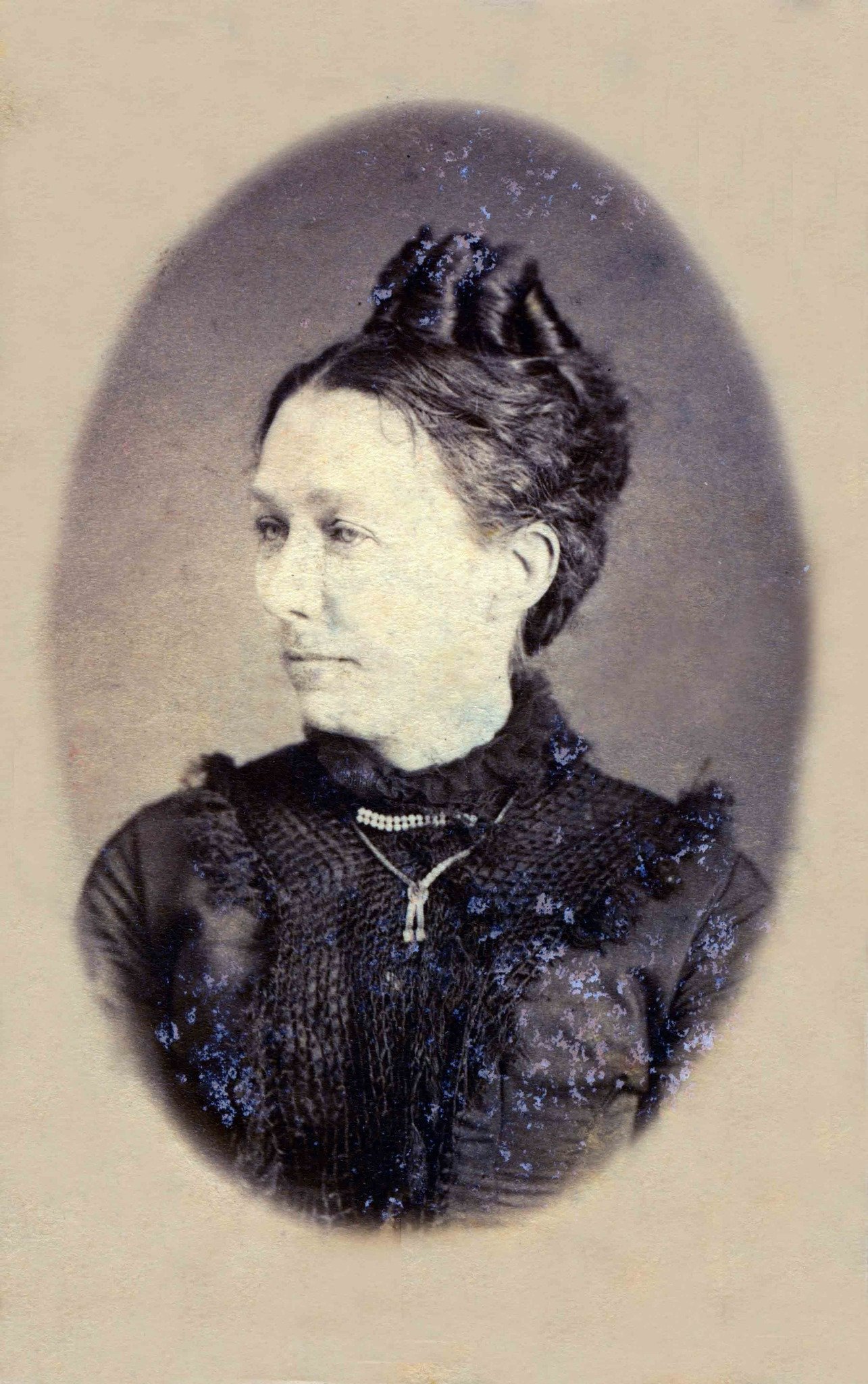
The Strength and Bravery of Georgia Wade McClellan, Witness to the Battle of Gettysburg
March 13, 2025Georgia Wade was born July 4th, 1841, the daughter of James and Mary Wade. The oldest of six children Georgia would go to school and help earn money sewing in her fathers tailoring shop. On April 15th,1862 Georgia would marry John Louis McClellan. The couple would rent the northern side of a duplex on Baltimore Street just a few hundred yards from the Evergreen Cemetery. John Louis McClellan would volunteer to serve in the 165th Pennsylvania Volunteer infantry in 1863 (9-month Regiment). Before John would leave for the army Georgia would become pregnant with the couples first child. That child Louis Kenneth McClellan would be born on June 26th, 1863, just 5 short days before the battle of Gettysburg.
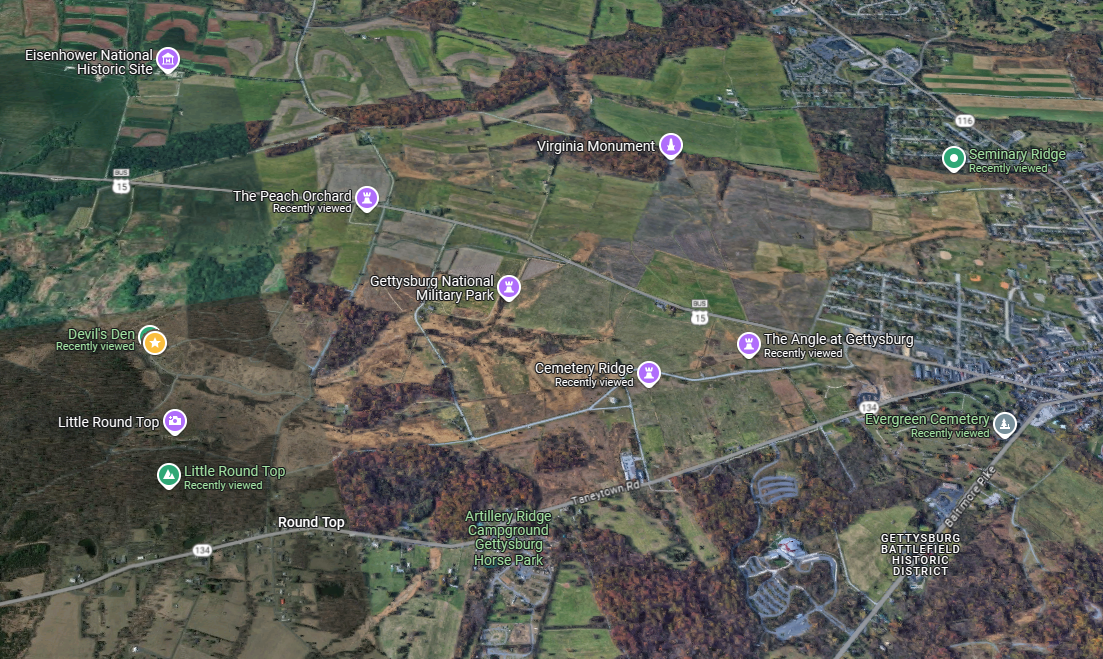
Virtual Tour of the 10 Most-Visited Gettysburg Battlefield Sites
February 26, 2025The Gettysburg Battlefield is a historical treasure, preserving the memories of one of the most pivotal battles in American history. For those who can’t make the trip in person, virtual tours offer an incredible opportunity to explore the battlefield’s most iconic sites from the comfort of your home. This article offers a virtual tour of the 10 most-visited Gettysburg Battlefield sites, complete with links to panoramic 360° online views of each location. Let’s step onto hallowed ground and experience a sneak peek at these historical locations.
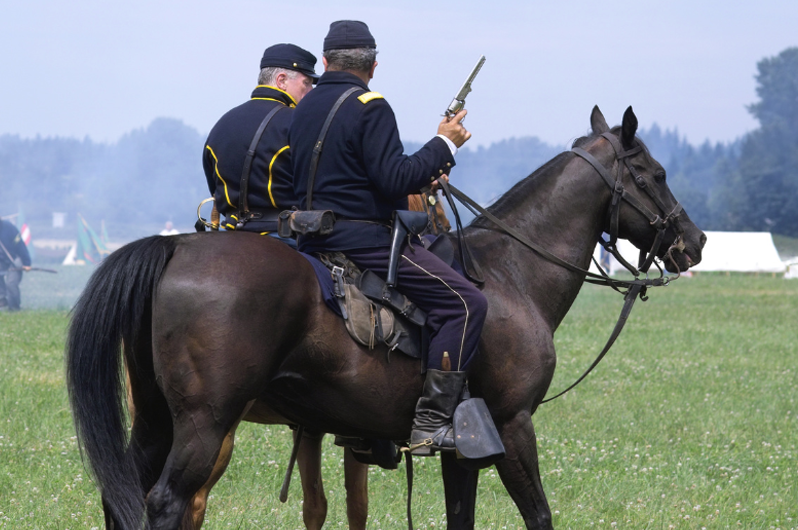
More Fascinating Facts You May Not Know About the Battle of Gettysburg
January 14, 2025At Gettysburg Battlefield Tours, we pride ourselves on our deep knowledge of the Battle of Gettysburg and its enduring legacy. But even those familiar with this pivotal event in American history may not know just how extensive its impact truly was, or be aware of its fascinating facts.
Today, we’re sharing ten more of those fascinating facts—both well-known and lesser-known—about the Battle of Gettysburg. From the battlefield’s unique scale to its lasting influence, these stories highlight just how monumental those three days in July 1863 were.

Battlefield Highlights: The Peach Orchard – Where The Battle Converged
October 29, 2024The Battle of Gettysburg, fought from July 1 to July 3, 1863, remains one of the most significant engagements of the American Civil War.
In the many long years since that famous battle, countless modern-day visitors to the southern part of the preserved battleground have been drawn to Devil’s Den and Little Round Top — the rocky hill is a must-stop for its panoramic views, and kids love the Den’s immense boulders. As the park evolved, these sites have received a lion’s share of attention, whether through preservation efforts, interpretation, or tourism. But throughout the actual battle itself, another nearby location known as The Peach Orchard would prove to be just as important (if not more so) to the outcome of the battle than many of those other, more famous locations.
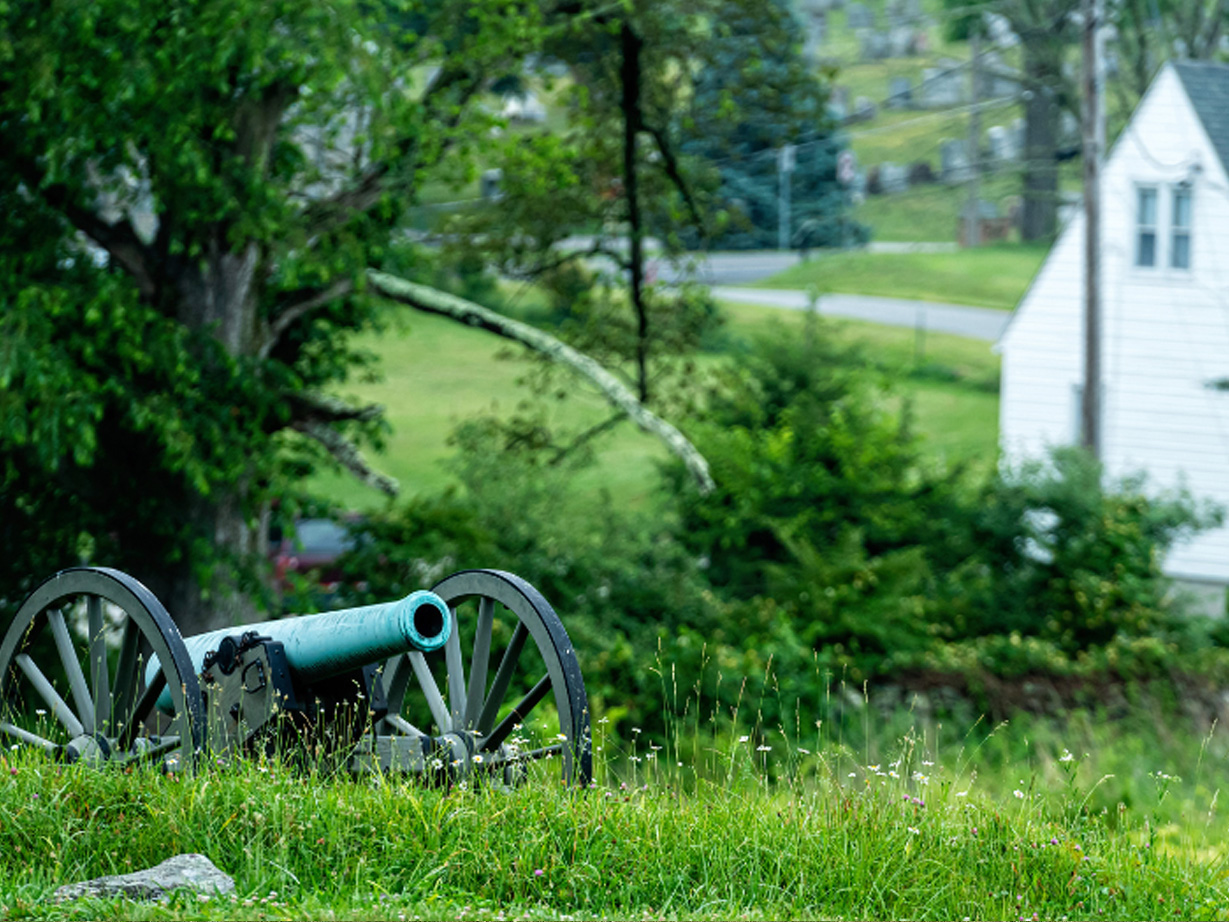
12 Interesting Historical Facts About Gettysburg
June 30, 2024Picture this: you’re standing on the hallowed ground of Gettysburg, feeling the weight of history pressing down on you. But beyond the well-known stories of valor and sacrifice lies a treasure trove of lesser-known historical facts about the Battle of Gettysburg. Curious to uncover some of these hidden gems? Let’s dive in!
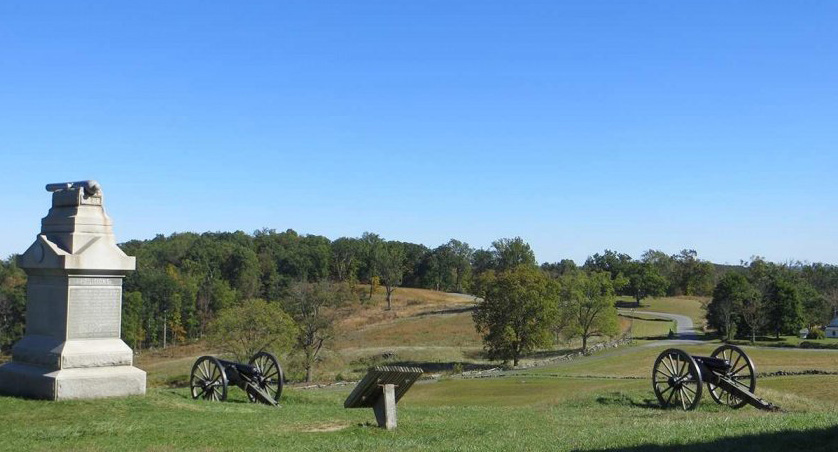
Battlefield Highlights: Culp’s Hill – The Long Fight
July 21, 2023One of the most important geographical features that played a prominent role in the Battle of Gettysburg is Culp’s Hill, located on the eastern side of the battlefield. The hill offered a high-ground advantage, providing Union troops an excellent vantage point to observe and defend against Confederate movements, while its elevation and rocky terrain made it an ideal defensive position.
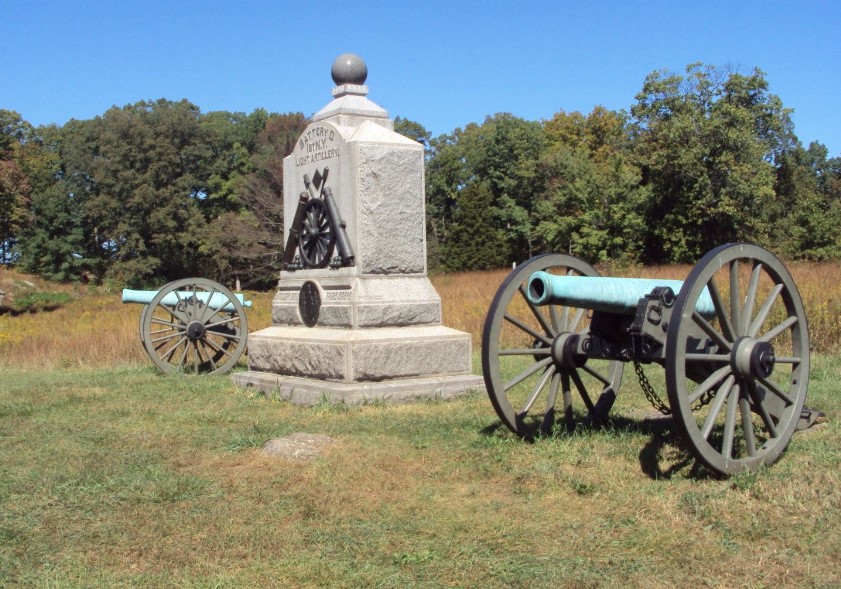
Battlefield Highlights: The Wheatfield
June 29, 2023The second day of the Battle of Gettysburg was the bloodiest day of the battle. Throughout that day, fighting at numerous locations around the battlefield involved 100,000 combatants, 20,000 of whom would end the day either killed, wounded, captured, or missing, making July 2nd, 1863, a truly dire day in the history of our nation. And centered amidst the near-constant ebb and flow of the ongoing carnage was a small patch of land… 19 acres of wheat owned by local farmer George Rose, that history would come to know as “The Wheatfield.”
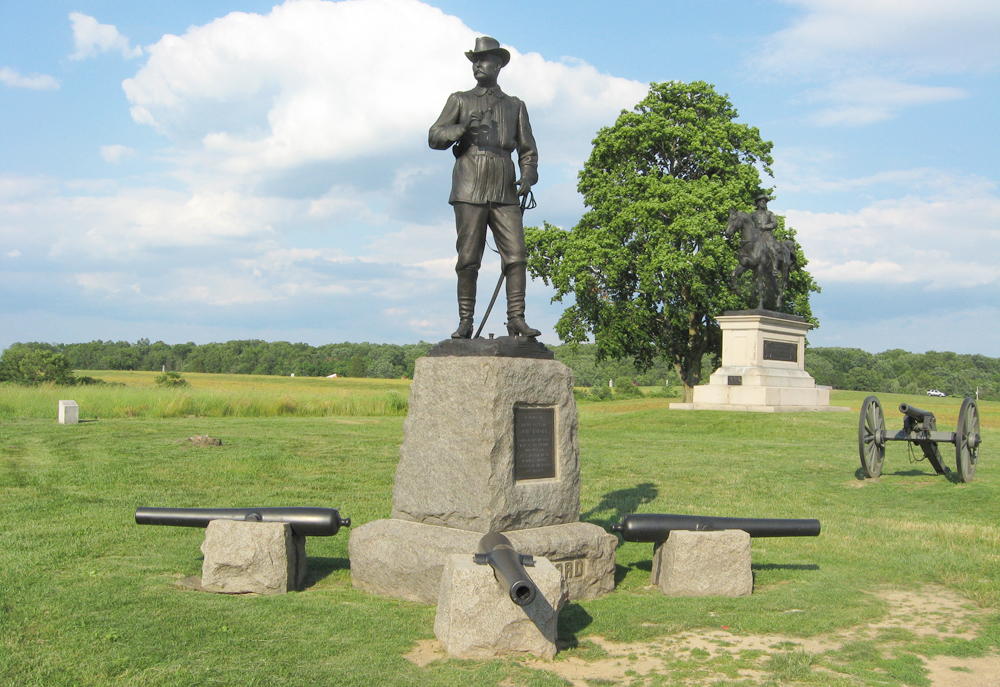
Battlefield Highlights: Where the Battle Began – Buford Holds The High Ground
May 30, 2023Have you ever wondered about the pivotal moments that shaped the outcome of the American Civil War? One such moment occurred on the first day of the Battle of Gettysburg.
General John Buford’s actions on that first day at Gettysburg were crucial in determining the final outcome of the battle. By holding the line against Confederate forces, he helped buy time for the Union army to reinforce its position, an action that ultimately determined the course of the entire conflict.
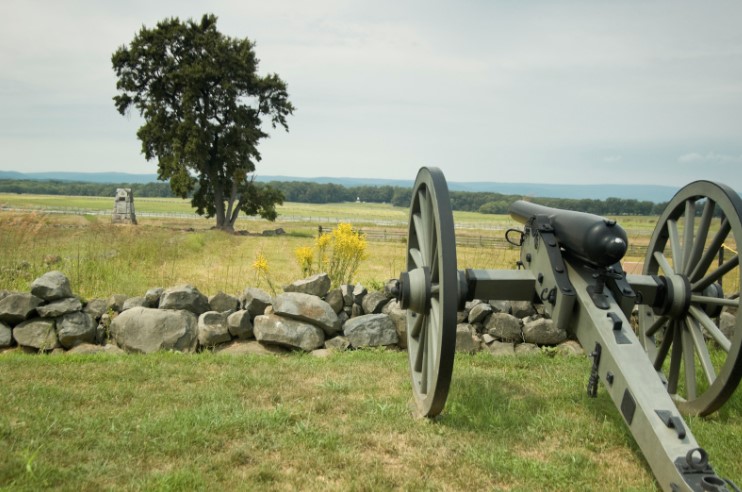
Revisiting Pickett’s Charge: Marching into the Fire
March 30, 2023The Battle of Gettysburg is often identified as the definitive turning point in the American Civil War. Fought from July 1st to July 3rd, 1863, in and around the Pennsylvania town from whence it takes its name, the famous battle resulted in the loss of over 50,000 soldiers on both sides, making it one of the bloodiest engagements in American history.
One of the most famous and controversial moments of the battle was “Pickett’s Charge,” a failed Confederate direct assault against the Union battlefront that has since become a symbol of gallant bravery and terrible sacrifice. Even today, 160 years later, the grim details of that terrible feat still echo across the empty fields where that final, brutal charge took place, and where so many desperate Confederate soldiers faultlessly obeyed their orders to march into the fire.